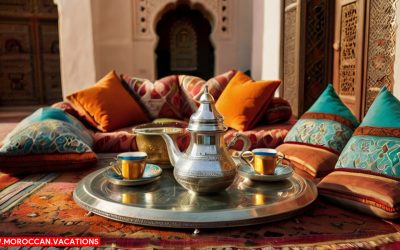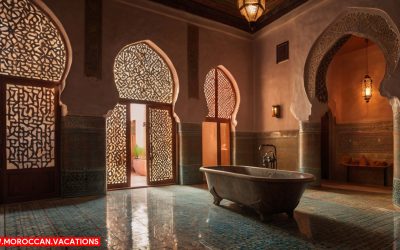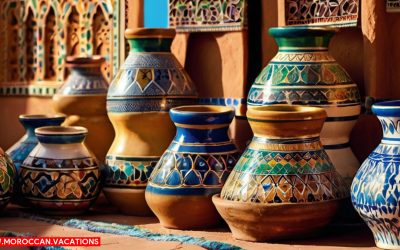The Significance of Moroccan Weddings
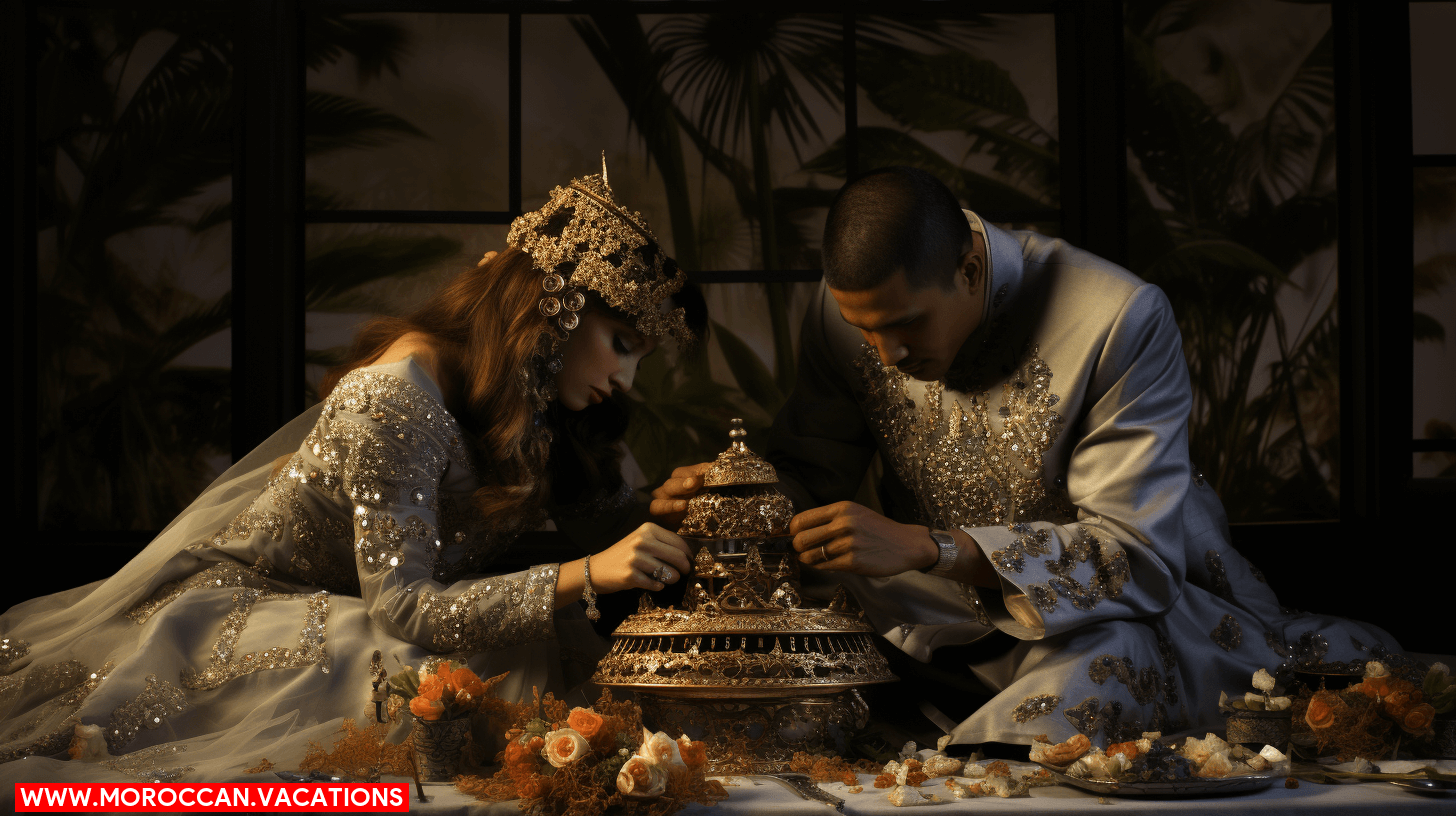

Embark on a magic carpet ride, as you’re about to discover the vibrant rituals of a traditional Moroccan wedding. You’ll dive into pre-wedding customs, marvel at the bride’s hammam tradition, and admire intricate henna tattoos. You’ll be captivated by the grandeur of the wedding dress, the exchange of gifts, and the extravagant feast. You’ll sway to the music and witness the final ceremony. Let’s unravel these rich traditions together, because they’re not just rituals, they’re a celebration of life.
In your journey to understand Moroccan culture, you’ll find that weddings aren’t just a celebration of love, they’re a deeply rooted social institution reflecting the country’s rich traditions and values. These nuptial ceremonies aren’t merely about two individuals tying the knot; instead, they’re a vibrant tapestry of cultural influences and modern adaptations.
The cultural influences are evident in the traditional rituals that evoke a sense of unity and familial bond. From the adornment of the bride in the symbolic Amazigh jewelry to the resonating beats of Gnawa music, every element is a nod to Morocco’s diverse ethnic influences. You’ll notice the underlying principles of hospitality, respect, and community that form the heart of Moroccan society.
However, as with any evolving society, modern adaptations have found their way into these traditional ceremonies. You’ll see Western-style wedding gowns alongside the traditional takchita, and cosmopolitan venues replacing ancestral homes. Yet, these changes don’t dilute the cultural significance. In fact, they enhance it, proving that Moroccan culture is not static. It’s a dynamic entity, capable of embracing change while holding steadfast to its roots. Such is the beauty of Moroccan weddings – a seamless blend of old and new, tradition and modernity.
Pre-Wedding Rituals and Ceremonies
Before diving into the wedding day itself, you’ll find there’s a wealth of meaningful pre-wedding rituals and ceremonies that set the stage for this grand Moroccan celebration. First off, engagement announcements are a significant aspect of the pre-wedding customs. It’s a joyous occasion, where families publicly declare the couple’s intention to marry. Family blessings are also integral, imbuing the couple’s future with goodwill and prosperity.
To give you a more granular look, let’s explore this in the table below:
| Ritual | Significance |
| Engagement Announcement | Public declaration of the couple’s intention to marry |
| Family Blessings | Bestowing goodwill and prosperity on the couple |
| Henna Ceremony | Symbolizes luck and protection for the bride |
| Hammam Ritual | Purification ritual for the bride |
| Guedra Dance | A dance performed for good luck |
You’ll see that each ritual isn’t just for show, but carries a deep significance, shaping the couple’s journey towards marriage. As you navigate through these customs, you’ll appreciate the richness of Moroccan culture, where tradition and freedom are beautifully woven together.
The Bridal Hammam Tradition
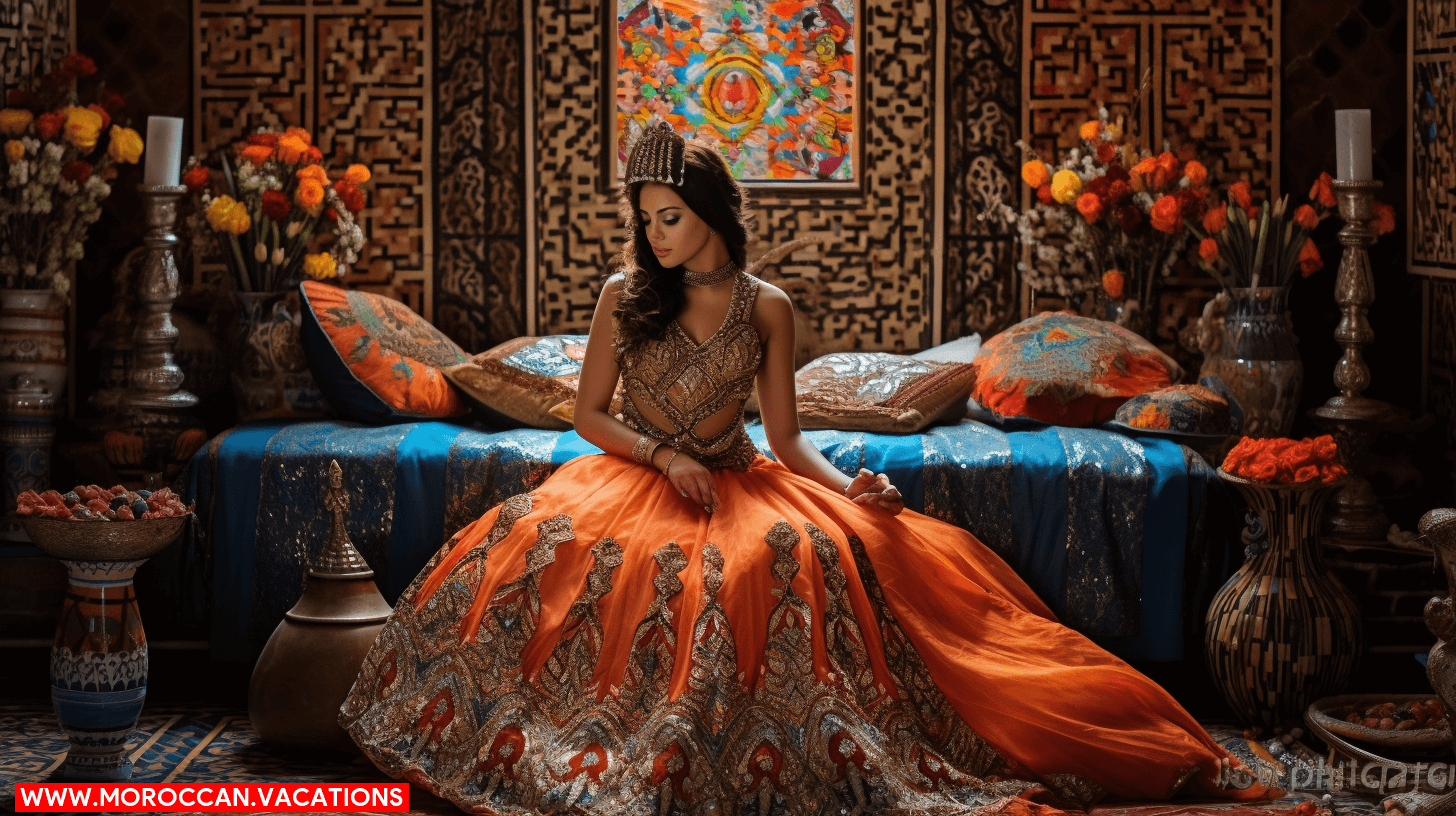

Moving on from pre-wedding rituals, let’s delve into the intriguing Bridal Hammam tradition, a pre-wedding purification ritual that holds immense significance in a Moroccan wedding. This isn’t merely a spa-like indulgence; it’s an intimate, spiritual journey towards matrimonial cleanliness and readiness.
Understanding Hammam etiquette is crucial:
- Respect and humility: The Hammam is a sacred space. Modesty, silence, and respect towards others are highly regarded.
- Hygiene: You’re expected to clean your body before entering the steam room.
- Sharing of space: Hammams are communal spaces. You need to be considerate of others’ space and privacy.
Now, let’s talk about the spiritual aspects. The Hammam ritual symbolizes a fresh start, a cleansing of past mistakes, and a preparation for the new life ahead. The process of steaming, scrubbing, and rinsing isn’t just about physical cleanliness; it’s about purifying your soul, releasing negative energy, and inviting positivity.
Intricate Henna Tattooing Ritual
After the purifying Hammam experience, you’ll become part of another significant ritual: getting an intricate henna tattoo, a beautiful expression of Moroccan culture and a symbol of luck and protection for your upcoming marriage. This ritual, steeped in ancient symbolism and cultural adaptations, connects you to the rich tapestry of Moroccan tradition.
Your hands and feet become a canvas, adorned with intricate designs signifying joy, beauty, spiritual awakening, and transformation. The darker the henna, the greater the luck and blessings you’re believed to receive.
Here’s a table summarizing the symbolic meanings behind different henna patterns:
| Pattern | Symbolism | Cultural Adaptations |
| Peacock | Beauty, pride | Moroccan adaptation includes added geometric patterns |
| Flower | Joy, growth | Adapted to include Moroccan specific flowers |
| Swirls | Transformation, life’s journey | Cultural adaptation includes Moroccan specific symbols |
| Eye | Protection, ward off evil | Adapted to include the ‘Hand of Fatima’ |
The Grand Moroccan Wedding Dress
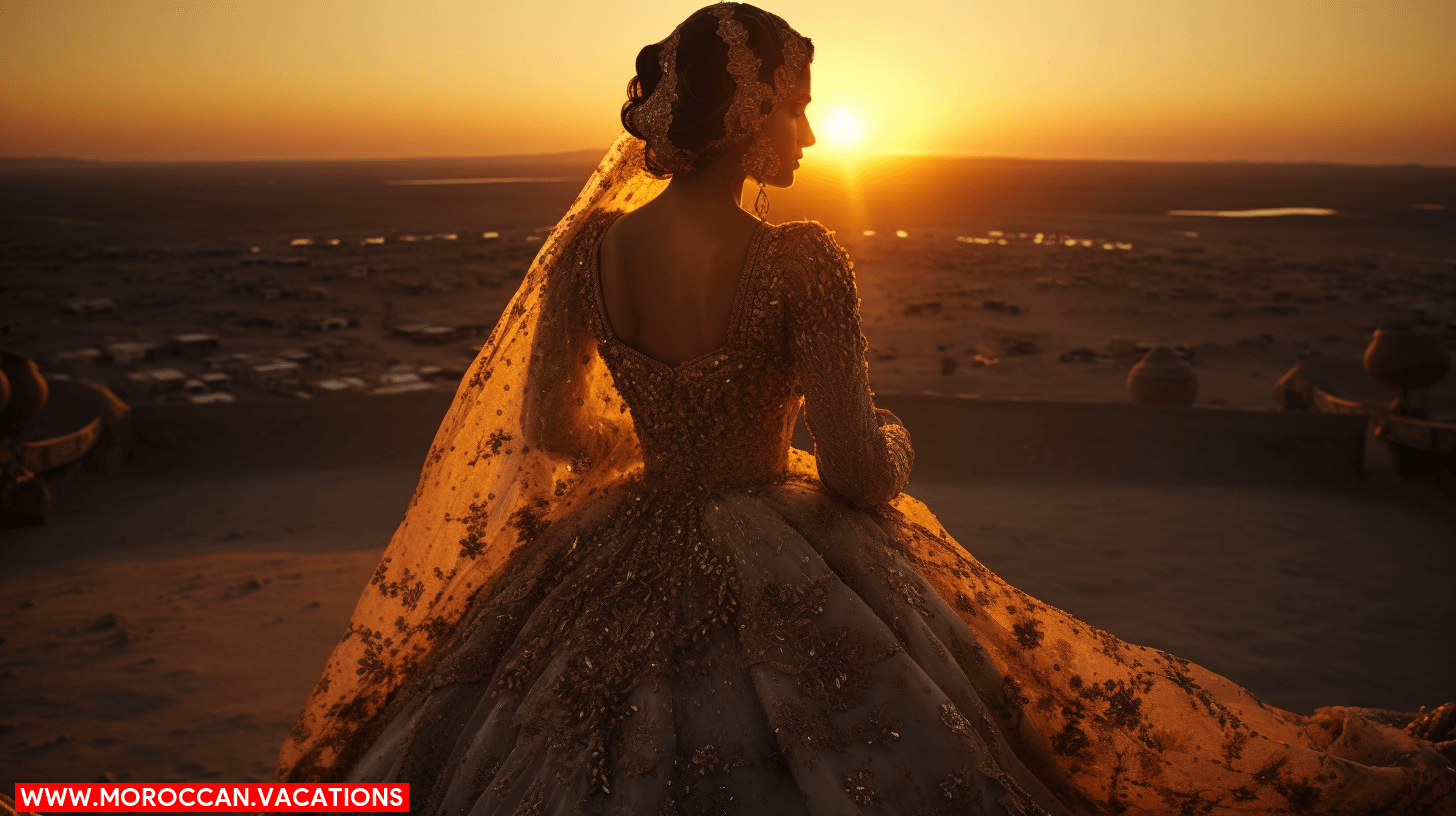

Once you’re adorned with your symbolic henna tattoos, it’s time to slip into the grand, traditional Moroccan wedding dress, a garment that’s as rich in history and culture as it is in beauty and elegance. The dress, known as a ‘takchita’, is no ordinary piece of clothing. It’s a symbol of the bride’s status, her pride, and her transition into a new life.
- Dress Symbolism: The takchita is steeped in symbolism. It’s often heavily embroidered, which signifies wealth and prosperity. The colors used also carry meaning, usually red or green, symbolizing love and fertility respectively.
- Fabric Selection: The choice of fabric is crucial. Traditionally, it’s made from silk or satin, with the layering of the fabrics adding to its grandeur. The quality of the fabric directly reflects the family’s social standing.
- Design and Decoration: The takchita is not complete without its intricate beadwork, sequins, and elaborate gold or silver thread embroidery. This embellishment is a testament to the Moroccan craftsmanship and the bride’s individuality.
You’re not just wearing a dress; you’re embodying a rich tapestry of Moroccan tradition, culture, and freedom, making your wedding a truly unforgettable experience.
Symbolism of Moroccan Wedding Jewelry
Now, let’s delve into the rich symbolism wrapped up in your Moroccan wedding jewelry, a crucial component of the bridal ensemble. These adornments aren’t just for aesthetic appeal; they carry a weight of significance that’s as valuable as the precious metals and gems they’re crafted from.
The bridal adornments significance lies in their ability to communicate status, wealth, and family heritage. Each piece, intricately designed using age-old jewelry crafting techniques, tells a story. They are not merely accessories but are symbols of protection, fertility, and prosperity.
For instance, the ‘Khmissa’, a hand-shaped pendant, is believed to ward off evil and bring good fortune. The ‘Tizerzai’, a pair of silver fibulas connected by chains, symbolizes unity and the bond of marriage.
But it’s not just about what the jewelry represents; it’s also about the freedom it offers. Each piece, through its design and symbolism, allows you to express your identity, your roots, and your future aspirations.
The Exchange of Gifts
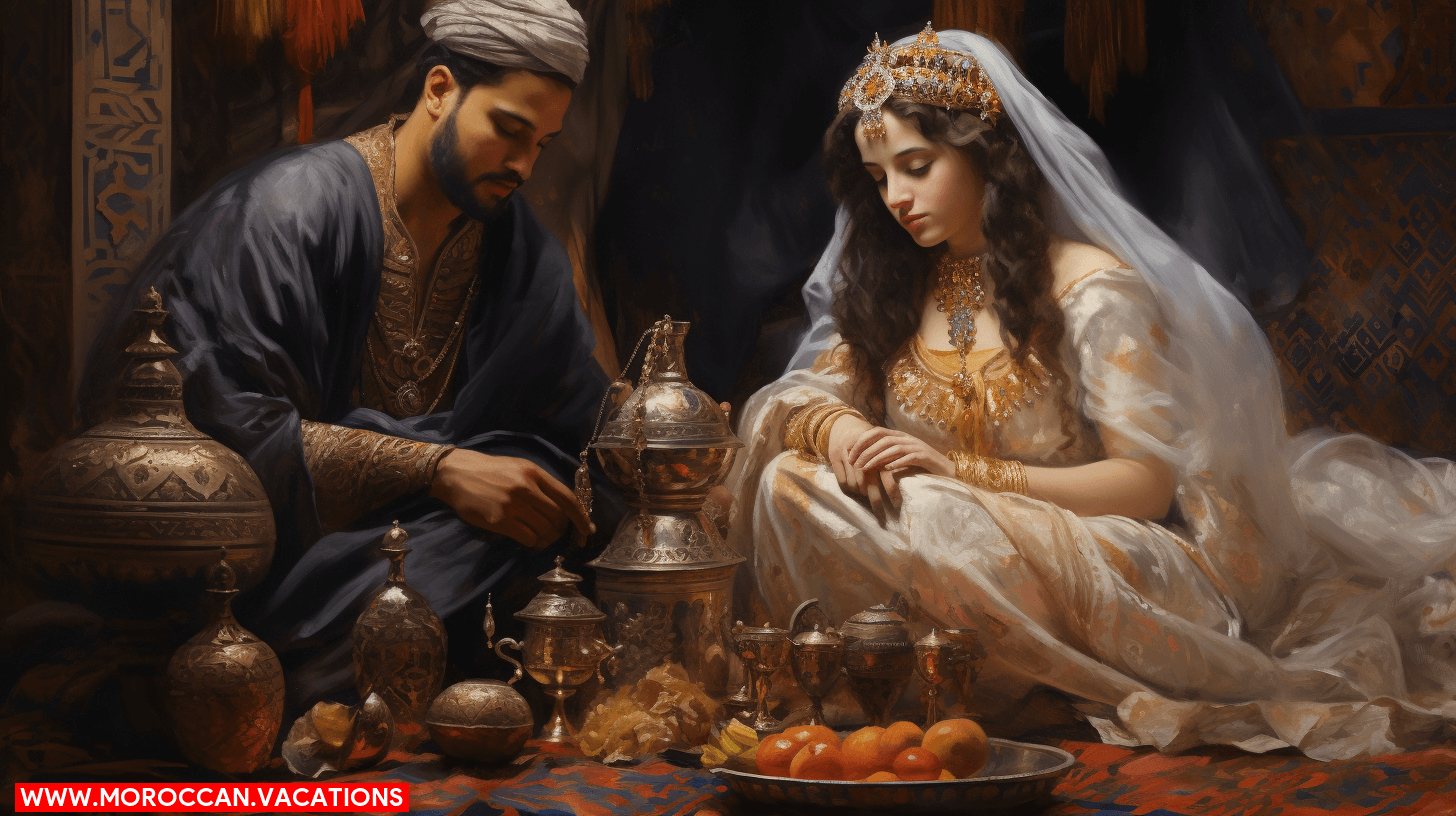

Beyond the significance of your wedding jewelry, there’s another important tradition you’ll experience in a Moroccan wedding – the exchange of gifts. This exchange isn’t a mere formality. It’s a deeply-rooted part of the Moroccans’ age-old dowry system, symbolizing love, commitment, and respect.
- Groom’s gifts: The groom traditionally showers his bride with gifts, usually of jewelry and clothes, showing his ability to take care of her. These aren’t just gifts; they’re promises of a secure future.
- Bride’s dowry: The bride’s family also plays a role in the dowry system. They provide the couple with essential items for their new home, like furniture and linens, ensuring their daughter’s comfort and well-being.
- Community contributions: Beyond the bride and groom’s immediate families, members of their community often contribute gifts, strengthening the ties of unity and support within the community.
The exchange of gifts in a Moroccan wedding isn’t just about material possessions; it’s about the gestures of love, commitment, and community solidarity that define Moroccan society. It’s a tradition that honors the past while embracing the promises of the future.
The Extravagant Wedding Feast
You’re in for a true culinary delight when it comes to the extravagant wedding feast at a traditional Moroccan wedding. Feast preparation is a grand affair, one that involves the entire family and often, the whole community.
The feast is a celebration of love, unity, and, of course, food. The table is laden with a variety of dishes, each showcasing the rich culinary heritage of Morocco. Let’s delve into the mainstays of a Moroccan wedding feast:
| Dish | Description |
| Couscous | A staple in Moroccan cuisine; steamed balls of crushed durum wheat semolina often served with a stew. |
| Tajine | Named after the earthenware pot it’s cooked in, this slow-cooked savory stew is a Moroccan classic. |
| Pastilla | A sweet and savory Moroccan pie filled with squab (fledgling pigeons) or chicken. |
| Mechoui | A whole roasted lamb or mutton, typically reserved for special occasions. |
| Mint Tea | A symbol of Moroccan hospitality; a sweet and flavorful green tea served with mint leaves. |
The culinary delights of a Moroccan wedding feast are a testament to the country’s rich culture, emphasizing the significance of community, togetherness, and of course, food.
Traditional Moroccan Wedding Music
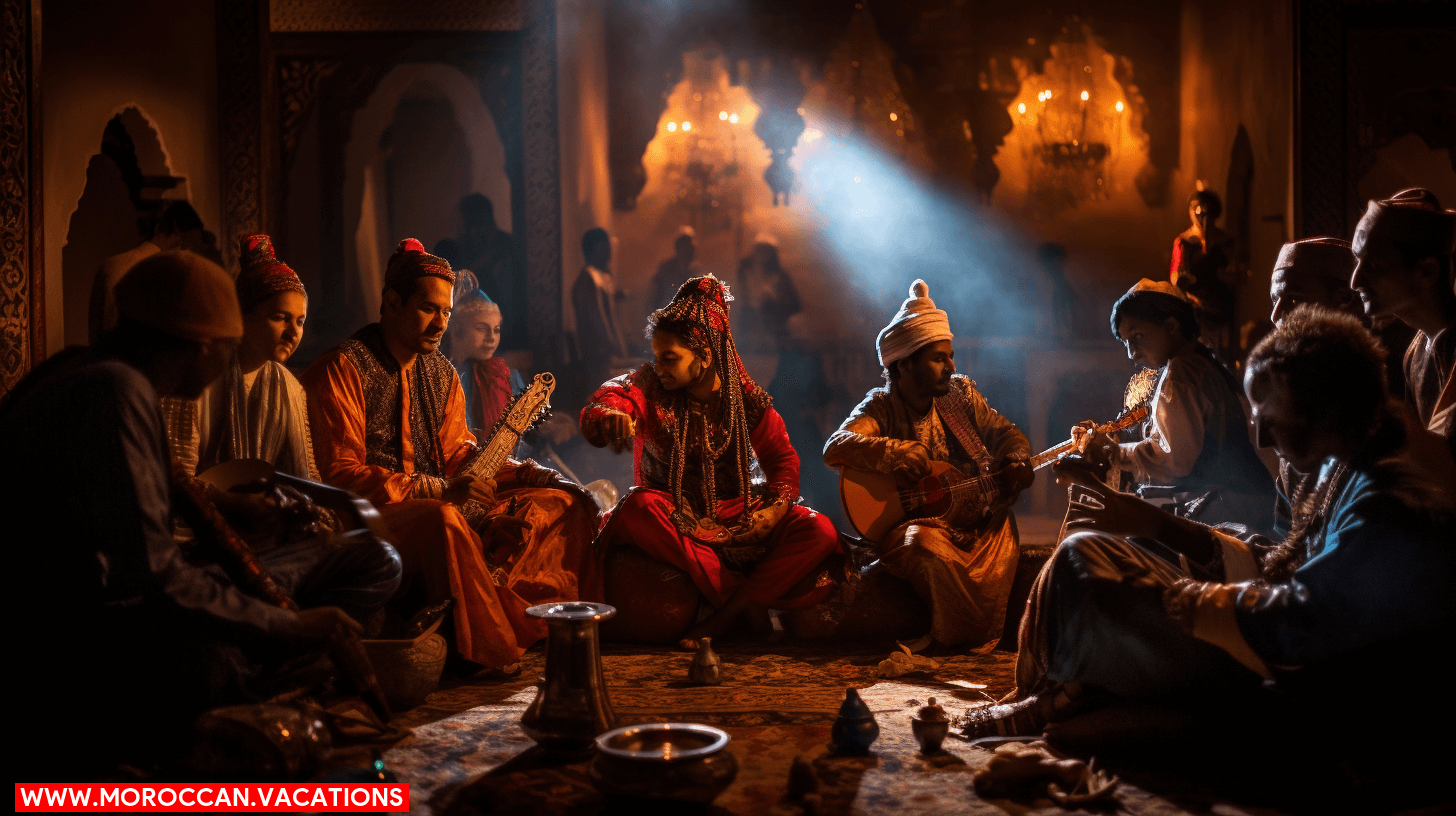

Diving into the rhythm and melody of a Moroccan wedding, you’ll find that traditional music plays an integral role in creating a joyful and festive atmosphere. The music selection is carefully curated to resonate with the cultural heritage and emotional tenor of the occasion.
- Chaabi: This popular choice for Moroccan weddings is characterized by its high-energy beats, setting a lively tone for the celebration. It’s a musical embodiment of freedom and joy.
- Andalusian classical music: With its roots in the Moorish period, this music selection offers a sense of nostalgia and cultural depth, making it a cherished element of Moroccan weddings.
- Gnawa: Originating from the spiritual rituals of sub-Saharan Africa, Gnawa music exudes a hypnotic rhythm that adds a mystical dimension to the festive atmosphere.
The instrument significance in these music forms is profound. Instruments like the oud, qraqeb and darbuka, each with its unique tone and resonance, come together harmoniously to create a symphony that encapsulates the spirit of Moroccan weddings. The music, rich in history and tradition, not only entertains but also binds the guests together, creating a shared experience of joy, camaraderie and cultural pride.
The Final Wedding Day Ceremony
Now, after you’ve experienced the rich tapestry of music at a Moroccan wedding, let’s delve into the multitude of customs that make up the final wedding day ceremony. Nothing encapsulates the spirit of freedom and individual expression more than the groom’s attire and the wedding procession.
The groom’s attire is a spectacle in itself. He dons a white jellaba, a Moroccan hooded robe, and a red fez cap, symbolizing his purity and commitment. In his hand, he holds a sword, signifying his role as a protector.
The wedding procession, or the ‘Amariya’, is a sight to behold. The bride and groom are carried on a large ornamental sedan, elevated above the crowd, as if floating. This procession is a public declaration of their love, and the sedan symbolizes their new shared home.
| Aspect | Symbolism |
| Groom’s attire | Purity, commitment |
| Sword | Protection |
| Amariya | Love declaration |
| Elevated position | New home |
| Wedding procession | Community unity |
These customs are more than just tradition. They’re a testament to the Moroccan belief in the power of love, the strength of commitment, and the freedom of expression.
Introducing Ayoub Karbachi, a brilliant wordsmith and curator of the Moroccan Vacations website. Prepare to immerse yourself in mesmerizing narratives and extraordinary moments, as he unveils the allure of Morocco's captivating destinations like never before.
Related Articles
Moroccan Tea Culture: The Art of Mint Tea and Socializing
The Origins of Moroccan Tea Imagine yourself sitting in a bustling Moroccan café, the air thick with the aroma of mint tea. The clinking of glasses and laughter fill the air as people gather to socialize and connect over this cherished beverage. Moroccan Tea Culture:...
Marrakesh's Historical Hammams: Bathhouses With Architectural Grace
Origins of Marrakesh's Hammams Imagine stepping into a world of architectural marvels, where ancient traditions and modern luxury intertwine. Welcome to Marrakesh's historical hammams, where the artistry of the past meets the indulgence of the present. In these...
Cultural Experiences: Local Artisans and Their Crafts in Dades Valley
Dades Valley: A Cultural Overview You're about to embark on a vivid journey, exploring the heart of Dades Valley. Here, 60% of residents are skilled artisans. As you wander, you'll feel the pulse of centuries-old traditions alive in their crafts. You're not just...

